Can you Leave a Wood Burning Stove Unattended?
- October 6, 2023
- 2 comment
On cold nights, there’s nothing like the warm glow of a wood-burning stove. The comforting smell and sight of burning wood can make any room feel homier. But with this comfort comes a very real need for caution.
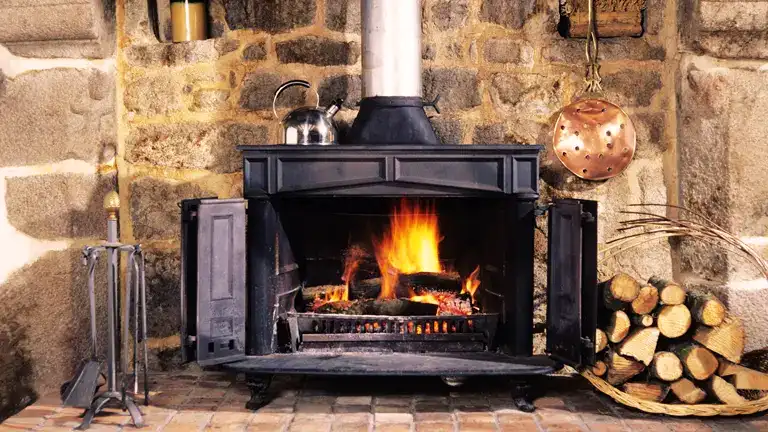
I remember a time at my grandmother’s house during winter. The cold was biting outside, but inside, the wood stove was the heart of the home, with tales and laughter all around it. One night, someone forgot to keep an eye on it. A small ember jumped out and landed on an old rug, leaving a burn mark. That small incident was a clear reminder that stoves, as warming as they are, need attention.
Is it Safe to Leave a Wood-Burning Stove Unattended?
Leaving a wood-burning stove unattended isn’t recommended. While modern stoves are designed to be safer and more reliable, the risk of fire remains if embers spark onto flammable materials or if the stove overheats. Proper installation and maintenance, such as ensuring the stove and chimney are clean and clear of debris, are crucial for safety. Moreover, using a stove guard and ensuring there are no flammable items nearby can reduce risks. However, the safest approach is to never leave a wood-burning stove unattended for extended periods. It’s always better to be present, just in case you need to react to an unexpected change or incident.
Advocating for Careful Unattended Use of Wood Stoves
While it’s traditionally advised to always supervise a wood stove when in use, there are measures that can make brief periods of unattended use safer:
- Preventive Safety Measures: To mitigate risks, it’s crucial to implement safety protocols. According to Logsnearme.co.uk, precautions such as clearing the area of any flammable materials, ensuring the chimney is regularly cleaned to avoid creosote accumulation, and carefully managing the stove’s air intake to control the burn rate is vital. These steps help ensure the fire burns down slowly and safely.
- Guidance from Manufacturers: Stove manufacturers often provide specific recommendations for their models. For example, Hunter Stoves suggests that users ensure the fire is well-established and the airflow is reduced to a minimum before leaving the stove unattended. This allows the fire to continue burning at a low and safer intensity.
By adhering to these guidelines and taking necessary precautions, it is possible to minimize the risks associated with leaving a wood-burning stove unattended. However, it’s important to use discretion and prioritize safety to prevent any potential hazards.
Risks Leaving Wood Burning Stove Unattended
Fire Risk
A wood stove, while a source of comfort, requires constant vigilance. Logs inside can shift, letting sparks escape or the fire can get too hot. If left unchecked, this could lead to a house fire, especially if nearby objects are combustible.
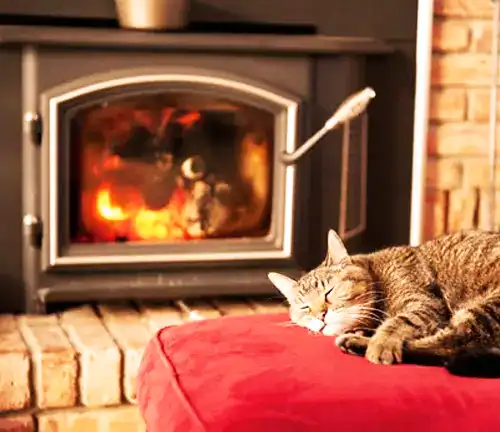
Carbon Monoxide
Often termed the “silent killer,” carbon monoxide (CO) is a byproduct of incomplete combustion. Because it’s colorless and odorless, its presence is hard to detect. Prolonged exposure to CO, especially in poorly ventilated areas, can lead to health issues or even be fatal.
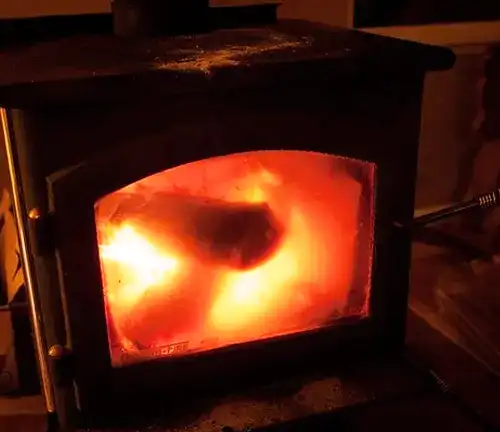
Creosote Buildup
As wood burns, it releases various compounds, one of which is creosote. It sticks to the inner walls of chimneys, forming a flammable coating. High levels of creosote increase the risk of chimney fires, which can be intense and challenging to control. Regular cleaning can help in managing this risk.
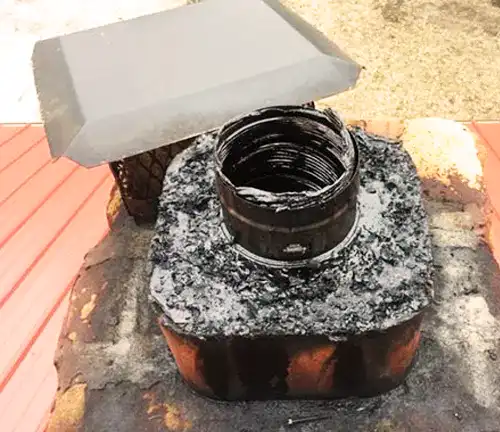
Securing Your Wood-Burning Stove Before Bedtime: A Safety Guide
A wood-burning stove is a wonderful addition to any home, offering both warmth and ambiance. However, when the day is done and it’s time to retreat to the comforts of your bed, ensuring the safety of your stove becomes paramount. Here’s a detailed guide on what you should do with your wood-burning stove before you go to bed:
1. Seal the Unit Properly
Ensuring the stove unit is sealed properly is crucial for both safety and efficiency. Leaving the stove door even slightly open can dramatically increase the risk of fire, as flames or embers could escape, igniting nearby items. Additionally, an open or improperly sealed stove might allow carbon monoxide to build up as the fire burns low, posing serious health risks.
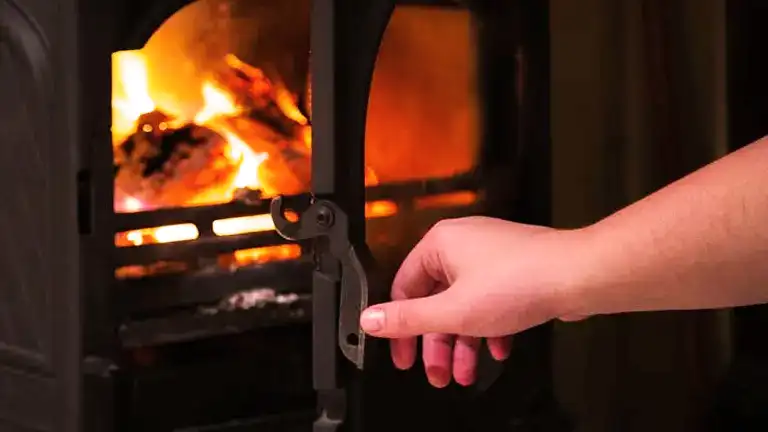
To maintain safety, it’s essential to keep the stove door firmly closed and check that all seals are intact and fully functional. Regularly inspect your chimney and flue to ensure they are clear and in good repair, allowing for the safe expulsion of all combustion gases. It’s also advisable to install carbon monoxide detectors in key areas around your home, following the manufacturer’s installation guidelines closely.
2. Create a Safe Surrounding
It’s essential to create a safe surrounding when using a wood stove, as it can reach extremely high temperatures during operation. Flammable materials, if placed too close to the stove, pose a risk of igniting either from direct contact with the stove’s intense heat or from stray sparks.
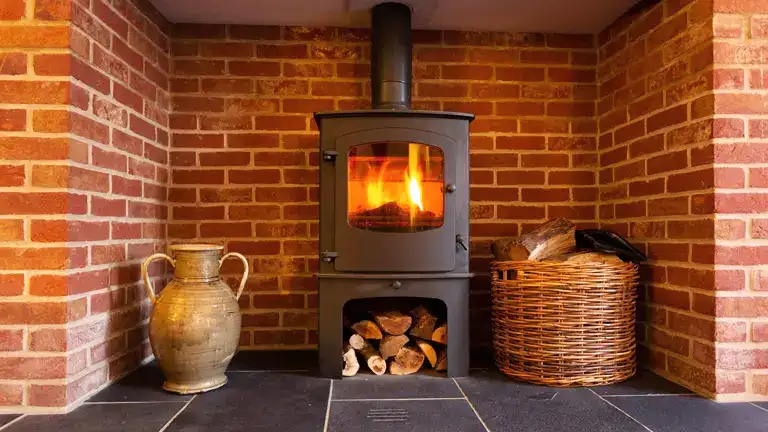
To mitigate this risk, ensure that all combustible materials, such as furniture, curtains, and rugs, are positioned at a safe distance from the stove. The exact safe distances can typically be found in the stove manufacturer’s guidelines. Adhering to these recommendations helps prevent accidental fires and ensures the safety of your home while the stove is in use.
3. Manage the Air Vents
The control of air vents on a wood-burning stove is a critical aspect of managing its operation. The vent settings directly impact how fast the wood burns; open vents will cause the wood to burn quickly, while closed vents will make it smolder longer. Properly managing these settings can significantly enhance both the efficiency and safety of your stove.
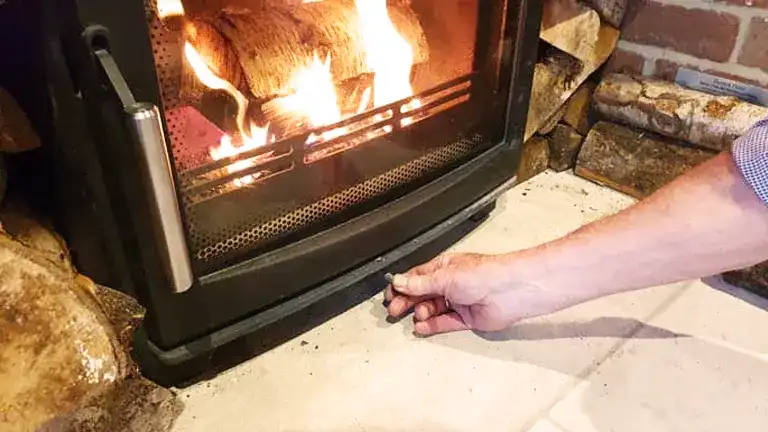
If you want the fire to last throughout the night, it’s advisable to limit the air intake, slowing down the burn rate. Conversely, if you’re looking to extinguish the fire more quickly, opening the vents will increase the burn rate. It’s important to regularly monitor the fire after adjusting the vents to ensure that it is burning as expected and remains under control.
4. Watch the Flame’s Intensity
Keeping an eye on the intensity of the flames in your wood stove is vital, especially after adding new wood. A vigorous fire can suddenly escalate when fresh logs are introduced, potentially creating hazardous conditions. To mitigate this risk, it’s important to allow new logs to fully ignite and reach a stable burning state before leaving the stove unattended.
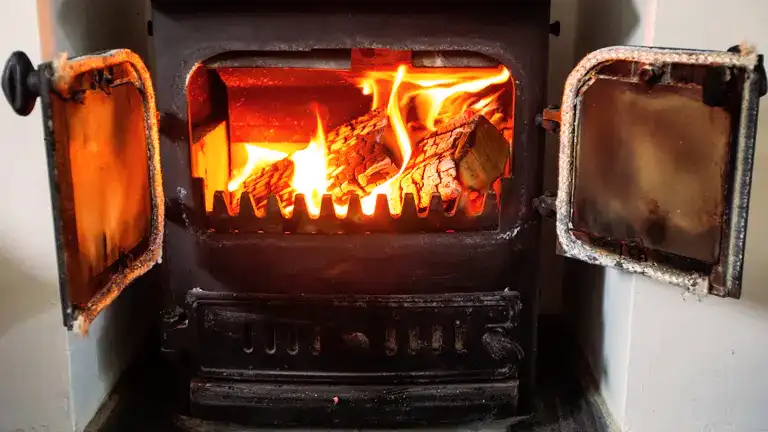
The safest point to leave a wood stove is when the flames have settled down to a consistent, manageable glow. Typically, this means waiting until the fire has reduced to glowing embers, which significantly reduces the likelihood of unexpected flare-ups. This approach ensures that the fire remains safely contained while still providing heat.
More to Know

Different wood stoves have different features. Newer ones might have safety tools like spark guards, while older ones might not. It’s also vital to have your wood-burning stove inspected and cleaned by a professional chimney sweep at least once a year. This regular maintenance helps prevent creosote buildup, substantially reducing the risk of chimney fires.
Local laws can also affect how you use your stove. Some places have rules about what kind of wood you can burn or how the stove should be set up.
FAQs
- Can “smart” wood-burning stoves notify me if something goes wrong while I’m away?
While traditional wood-burning stoves don’t have this feature, some advanced models integrated with smart home systems can send alerts based on certain parameters like temperature spikes. - Are there any specific wood types that are safer to burn if I’m planning to leave my stove unattended?
Hardwoods like oak or ash burn slower and produce less creosote than softwoods. They’re generally safer if you’re considering leaving the stove for an extended period. - Has there been any innovation in stove designs to allow them to be safely left unattended for longer durations?
Yes, many modern stoves have improved air controls, better sealing systems, and advanced combustion technologies that make them more efficient and safer for longer burns. - Do older wood-burning stoves pose more risks when left unattended compared to newer models?
Older models might lack the safety features present in contemporary stoves. They may not burn as efficiently, leading to more creosote buildup and potential risks. - Can I use automatic stove temperature regulators to ensure the fire doesn’t get too hot while I’m not around?
Yes, some stoves can be equipped with thermostatic controls that adjust air intake based on desired temperatures, ensuring a controlled burn. - Is there a difference in safety between leaving a stove unattended in a small room vs. a larger open space?
A larger space generally provides better ventilation and reduces the concentration of harmful gases, making it a bit safer. However, the primary concern is ensuring the stove and its surroundings are secure, regardless of room size. - What role does the altitude or atmospheric pressure of my location play when leaving a stove unattended?
Higher altitudes can affect combustion due to reduced oxygen levels. This might cause the wood to burn at different rates, so adjustments to air intake might be needed. - If I have pets, what precautions should I take if I decide to leave my stove burning while stepping out?
Ensure the stove is well-sealed, and a fire guard is in place. Keep flammable items and pet beds away from the stove, and make sure pets can’t accidentally knock over tools or screens. - Are there any insurance implications for damages caused by a wood-burning stove left unattended?
Some insurance policies might have specific clauses related to damages from wood stoves. It’s essential to review your policy and check with your provider. - Has there been research or studies on the optimal burn rate for stoves that are to be left unattended?
Several studies focus on wood stove efficiency and emissions. While an optimal burn rate varies based on the stove model and wood type, a slow, steady burn is generally recommended for extended unattended periods.
We all have our tales, lessons, and moments with the warmth of a wood-burning stove. Maybe it’s a cherished memory, a lesson learned the hard way or a handy tip passed down through generations. Whatever it might be, your experience adds value to this shared knowledge pool.
Sharing not only educates but also creates a bond amongst those who understand the charm and responsibility of a wood stove. Safety, as they say, should always come first. And combined knowledge ensures that everyone can enjoy a cozy, warm, and risk-free winter.
So, what’s your story? Let’s connect, share, and ensure that every fire lit is a safe and cherished one.

David Murray
Forestry AuthorI'm David Murry, a forestry equipment specialist with a focus on chainsaw operation. With over 13 years of experience, I've honed my skills in operating and maintaining a wide range of machinery, from chainsaws to log splitters. My passion for the outdoors and commitment to sustainable forestry drive my work, which emphasizes safety, efficiency, and staying updated with industry advancements. Additionally, I'm dedicated to sharing my expertise and promoting environmental awareness within the forestry community.
2 comments
In Canada, air tight wood stoves are mandatory. Older non airtight can't be insured. Non combustible flooring and minimum clearances from the sides and a 5' minimum distance to the ceiling are also mandatory. We have a Pacific Energy unit, which is very efficient and very safe to operate.






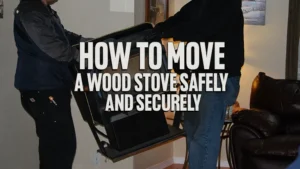

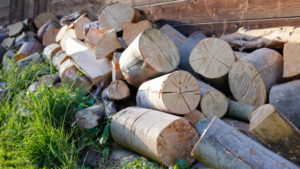




Is it safe to slow fire down by moving right lever back, close damper and allowing convection slowly burn down? This is a Vermont Defiant wood stove. Thank you. Dee
Dee Christensen
December 25, 2023 4:27 am